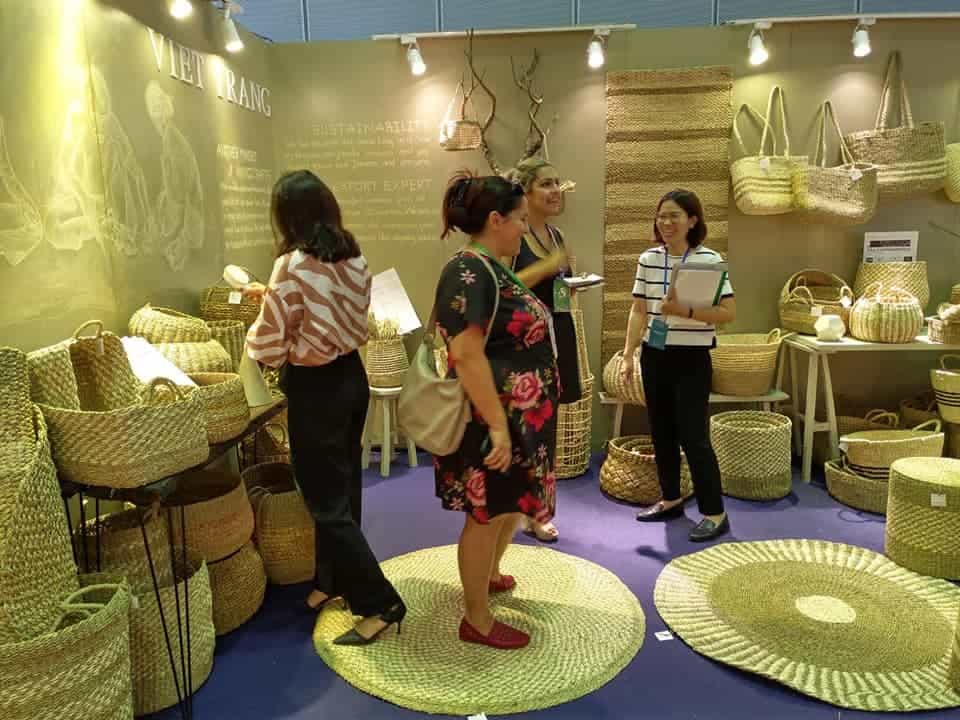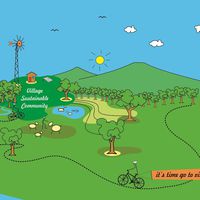One Village One Product movement

Garland contemporary craft magazine in Australia was recently invited to a forum in Ho Chi Minh City organised by Vietcraft about the One Village One Product movement. Garland sees the movement has great potential to enhance resilience and sustainability of local communities and explores this in an online article.
One Village One Product began in the Oita Prefecture, Japan, in 1979. It was initiated by Governor Hiramatsu to rejuvenate the region’s villages by encouraging specialisation of handmade products. Its success has been emulated by many other countries, including China, Thailand, Laos, Senegal and Afghanistan.
Given the diversity of OVOP programs, it is important to identify values that are relevant to broad interests.
A more resilient world
As a program, OVOP promotes diversity of production, based in local rural communities. While there are many efficiencies in a large urban metropolis, the result is often a global homogeneity of lifestyle. The loss of diversity entails a reduction of resilience. Communities are more vulnerable to catastrophic failure. What would happen today, for instance, if the Internet failed? It would bring chaos to the delicately integrated systems that sustain life in cities.
Employment in cities is relatively dependent on global capital, which can move around relatively freely depending on market and labour. By contrast, the village offers a more stable livelihood that is built over many generations.
Greater awareness of climate change
In the context of climate change, the urban experience is more detached from the elements. Those living in apartments particularly have airconditioning and shopping malls that are protected from extremes of weather. While this enables individuals to cope with increased temperatures and inclement climate, it makes it easier to ignore the problem. Those living in rural areas can keep us better informed of what is happening on the planet.
Solidarity and mutual dependence
Through OVOP, communities are encouraged to specialise their production by focusing on a particular product. This enables a web of exchange that binds different communities together in trade.
The principles of OVOP are also conducive to solidarity, where local enterprises can inspire each other to look confidently to their local skills and materials. In situations where one community is affected by a disaster, such as flooding, there is potential to offer support through the OVOP network.
A number of programs complement the aims of OVOP. These offer potential linkages:
- Geographical Indicators recognise regional authenticity of products
- Fair Trade offers a system to clearly identify the benefit of cooperatives
- World Crafts Council programs such as Award of Excellence and World Craft Cities help promote unique crafts
- Sustainable Development Goals demonstrate linkages to internationally agreed objectives
As the movement develops, there is potential to establish formal connections to these systems.
Read full article in Garland
Similar content
posted on
04 Jul 2019
from - to
29 Jun 2021 - 29 Jun 2021
22 May 2017
from - to
01 May 2020 - 03 May 2020
21 Nov 2019 - 24 Nov 2019





